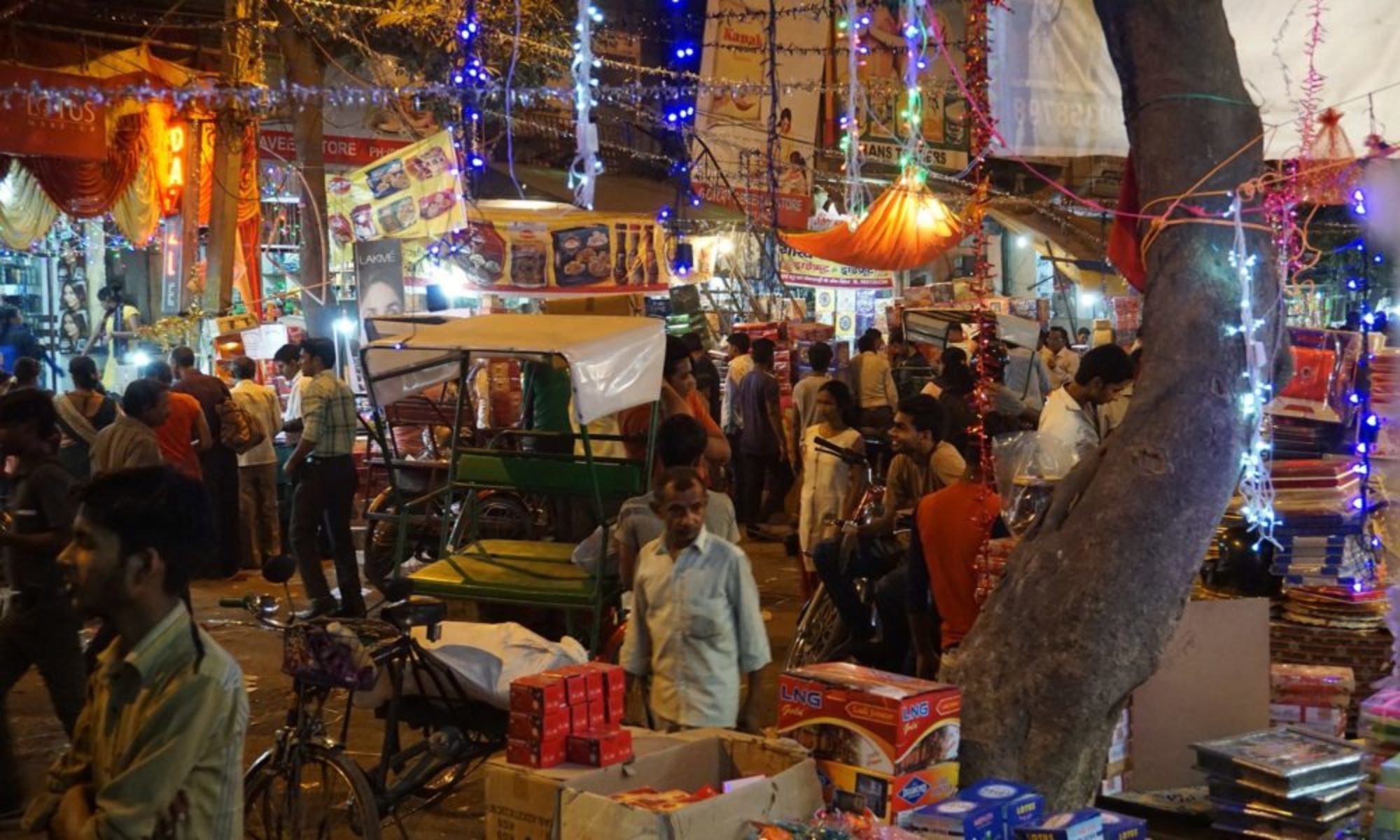If one ever goes to Munich, one place that everyone must visit is the Bavaria Filmstudious. Some of history’s highest grossing films were shot there like “The Boat”, “The Neverending Story”, “Ludwig 2” or Samuel L. Jackson’s “Big Game” were shot there.
Though we reached late at the destination, we all were given a task of thinking up an idea for our own short film. Upon reaching, we all discussed our ideas and reached a final decision and headed to a small location for shooting our film called “Influencer”.
Shooting the film was a really great experience as I got an insight as to what goes into making even a short 5-6 minute long film. All were given a trip of the studio after production, which was cut short by rain ??
After the tour we all saw the film for the first time and laughed at each other about how they all acted and what all they said. The one dialogue I’ll always remember will be “A double Vodka please” which one student made while filming the video.
Written by Parag S.



















